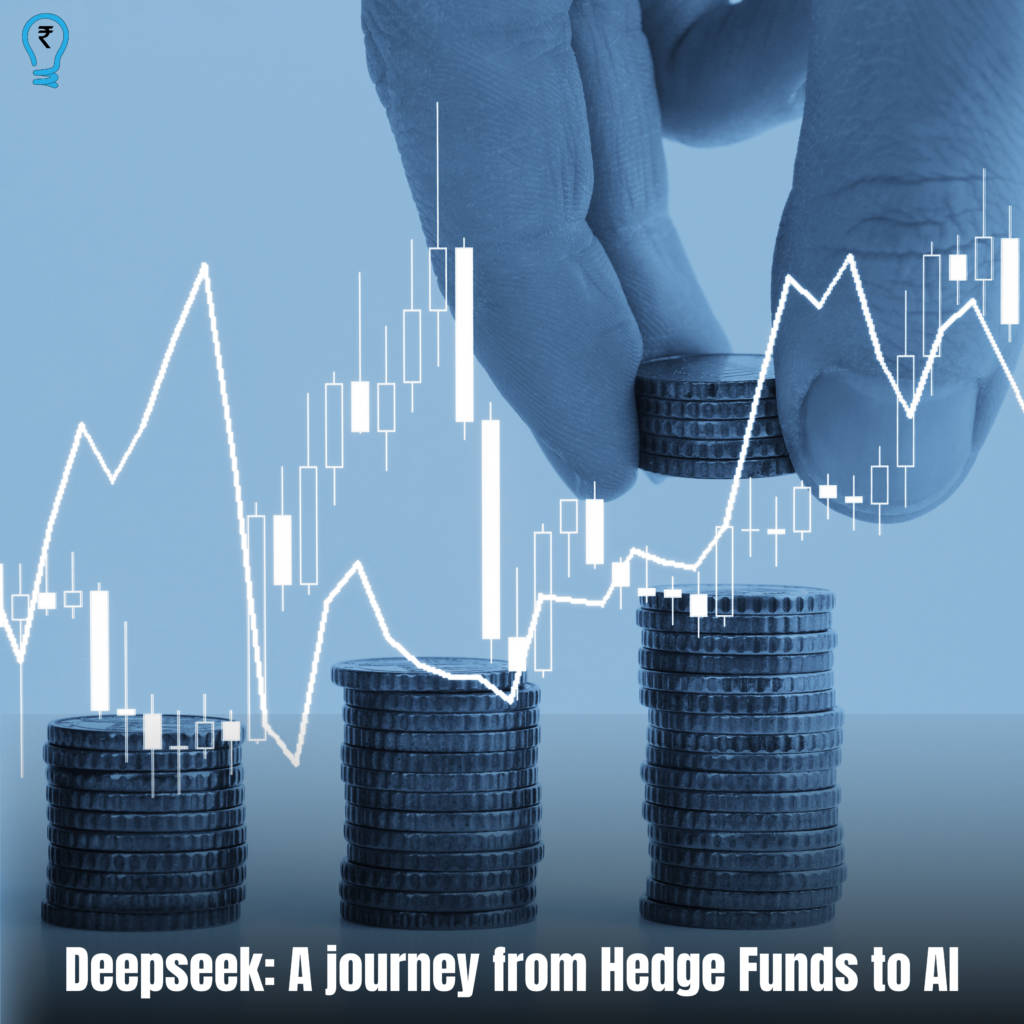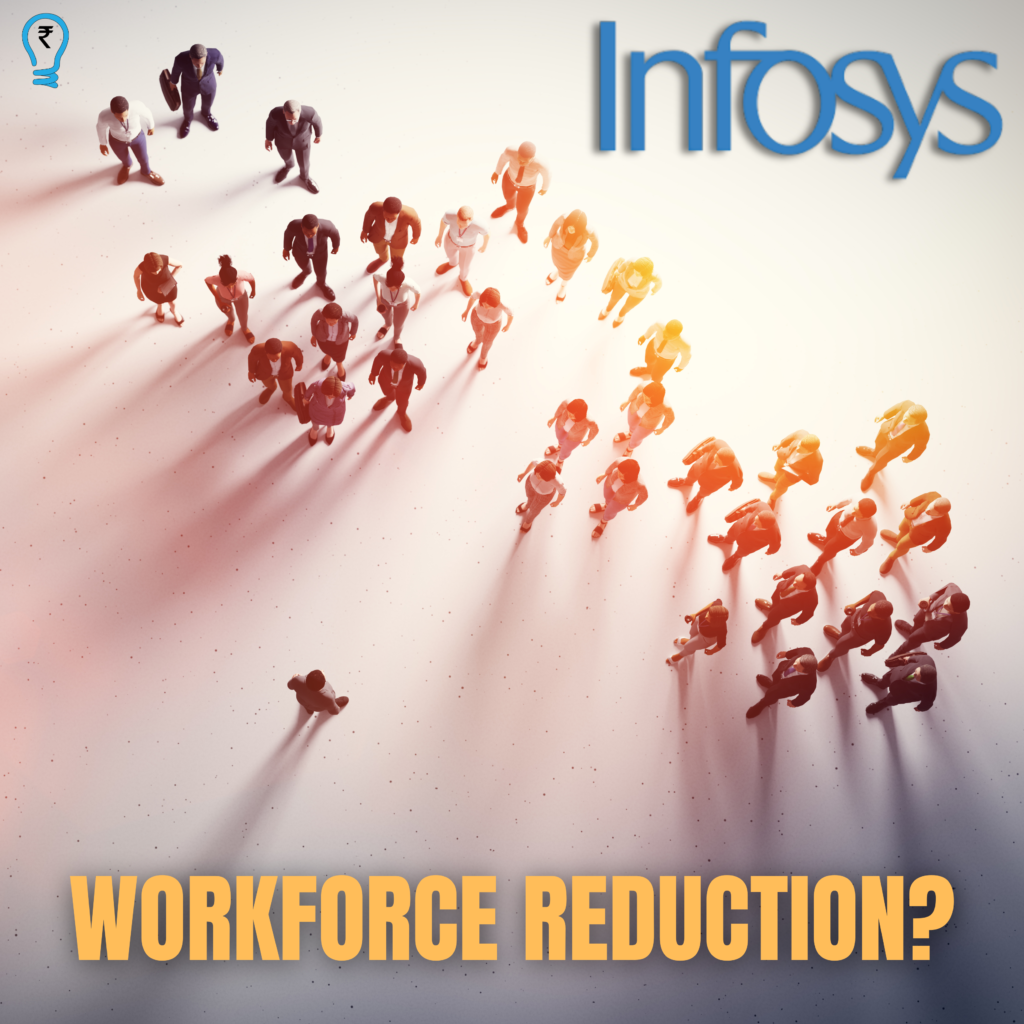The novel Coronavirus engendered numerous opportunities for entrepreneurs and industrialists to pioneer the market., Quick commerce is one such unorthodox mode of delivering household commodities. In a country where an ambulance arrives in 30 minutes, a pouch of milk will be provided in under 5 minutes. Receiving products to your doorstep within an hour of ordering was a far-fetched dream a few years ago, Quick commerce made this possible by making good of the consumer’s quick demands and impatience. But, is there a true need for this model for society?
The Framework
Admired as the gen-z version of the e-commerce industry, Q-commerce captured the market space in no time. Relying on the concept of “FAR” abbreviated for the fastest delivery, any-time delivery and reliability, Q-commerce made it possible to have a wide reach and cater to different classes of consumers. Established by Instamart in the year 2020, this model has attracted an adequate number of firms like Blinkit (formerly grofers), Zepto, Dunzo and many more. This industry is all set to mark its supremacy by reaching a $5 billion market by 2025 which is about 10-15 times, as per the consulting firm Redseer.
Q-Productive
Of course, covid made this industry sustain in the market but the other side of the coin is impatience and greed. To cater to this rapid moving society, ventures had to think out of the box and initiated the concept of “Quick commerce” where the delivery is being done within 10 mins. Q-commerce made itself the trendsetter in the competitive space as it operates on the principle of “speed”. Delivering goods within a snap is no more a dream with Q-commerce. The million-dollar question is how they will achieve the delivery under a tight timeline of a few minutes? Well, most of them have focused on launching micro warehouses known as “Dark stores” in every locality from where the commodities are picked up and delivered. Not only speed, but Q-commerce also cracked the price and accessibility game in the market. Aren’t we fed up with the word “OUT OF STOCK”? With investment in AI technologies, it was easy to monitor and assess the demand, adjust inventory in real-time, and furnish the shelves with products available round the clock. Also, the discounts and offerings are highly appreciable in this space. Dark stores can operate 24 hours a day, 365 days a year – they are not limited to set daily opening hours like brick and mortar retailers are. This industry also attracted great business tycoons like Reliance establishing Jio mart and Tata group acquiring Big basket.
Strategised Deliveries
The delivery partners of the company are hired based on specific routes and timings, say morning and evening, to increase the reach and services. The cities and regions are divided into zones ensuring that enough last-mile deliveries are done by the agents. Often, each delivery partner is assigned more than one delivery for the same locality to minimise the travel time and bring down the cost of delivering
The Dark side & Consumer Greed
Cheers to the entrepreneurs for bridging the gap between speed and accessibility. The usage of these applications is skyrocketing and is expected to grow by 10-15 times shortly. Even though the growth is glorious, most of them aren’t profitable. What is hampering their growth? It’s none other than the end-users. In a business which depends on “customer knows best”, The consumer’s limitless demands and the habit of thrift are hindering the growth of these models. The customer service platform is being used for unethical activities like unnecessary replacements and refunds. These activities are commonly observed in the student communities as their needs are boundless but they face budget constraints. As the saying goes “Necessity is the mother of innovation”, they step forward to deceive the support executive and get the amount back. Are these agents so irresponsible to initiate refunds every time? The gen-z business model is in a rat race to become a unicorn and raise funds. In pursuance of the motive, they require a huge revenue from the consumers and a considerable footfall of orders being placed. This same strategy was also used by Zomato, before listing on the stock exchange, Zomato concentrated on increasing their footfall and becoming a unicorn once they reached the consumer support portal turned out to be rigid. To be precise the food delivery company has incurred a loss of 63.20 crores in Q3 December 2021 (post listing) as against a net loss of Rs 352.60 crore in Q3 December 2020 (pre-listing). The only feasible way to increase their valuation is by not disrupting the consumer pattern. The next obvious question is “Who is going to bear these losses?” The dark stores are going to be blacklisted, and the operator of the dark store as well as the delivery agents are losing their incentives even after striving hard to deliver the products on time.
The Downfall – Let’s Blinkit.
Blinkit formerly known as Grofers was incorporated in the year 2013 and renamed in the year 2021. Blinkit had their last round of investment for $100 million at $1 billion from Zomato and couldn’t advance to further rounds. The source said that the food delivery company earlier also promised to invest $400 million at a valuation of $1.5 Billion which they didn’t. Not only renaming itself, but Grofers (now blinkit) also altered its objective by delivering in 10 mins. To accomplish this, they had to close down their operations in 18 cities out of 30. Blinkit was helpless and couldn’t raise funds as this business model isn’t sustainable in a country like India where there exists at least a couple of grocery stores in every locality and the cost of delivering is much higher than what they charge. Also, the unethical modes of deceiving the BPO services led to a loss of $817 million accumulated till FY2022. The consequences of the resolution were the merger with Zomato at a lower valuation of around $700-$800 million.
Glossary
EBITDA: Earnings Before Interest Tax Depreciation and Amortisation is the company’s profitability of the operating business
ROCE: Return on Capital Employed is the ratio used to assess the financial ratio and capital efficiency.
What lies ahead?
Sustenance, in the long run, is more crucial than accommodating in the short run. This is the basic fundamental of every business. The new age of E-commerce says that companies such as Zomato and Swiggy gain their consumer base through heavy discounting options where the end users are provided with lucrative discounts to purchase products. But, who’s gonna pay for them? Will the company itself pay from its pocket? No, absolutely not. The inflow of cash by Venture Capitalists and Angel Investors is being burnt for no good but just to attract users. “With just six months of cash in the bank, the IPO was a desperate contingency plan” says Zomato CEO. Investors were forced to stop funding these lucrative looking unicorns and so the platforms reduced the chunk of discounts. So, will we be able to see Zomato, Swiggy with a zero discounting model in the near future? And if so, will they be able to retain their consumer base?

Karthik Bodha
MemberDeepseek: A journey from Hedge Funds to AI
Introduction: In this busy and bustling day to day life of ours managing our Finances…
Beyond Numbers: The Human Cost of Infosys’ Layoffs and the Global Normalization of Workforce Reduction
A Familiar Script: Infosys and the Corporate Playbook of Disposable Labor: On February 7, 2025,…
Understanding Tariffs and Their Impact on India
What Are Tariffs? Tariffs are taxes governments levy on foreign imports to make the goods more…
The Economics of Player Transfers in Football
Introduction: In the world of football player transfers are more than just transactions, they are…
Session 5
Session 5- Unraveling Equity Derivatives: Insights from the Fifth Development Session The Fifth Development Session…
An Attempt To Deteriorate The Creditworthiness of Indian Entities
Introduction: The growth story of India in almost every sector is not alien to the…







